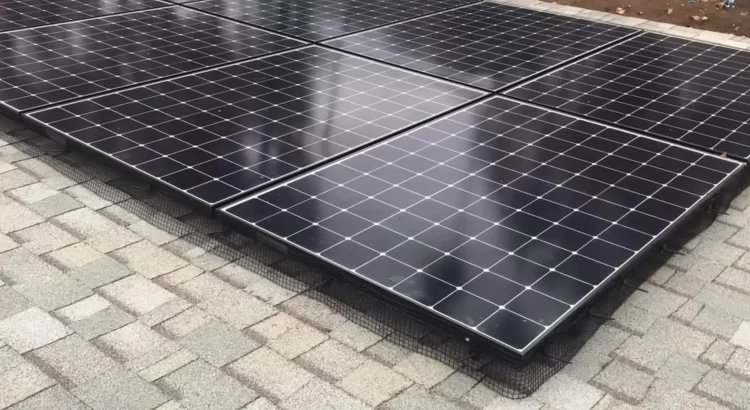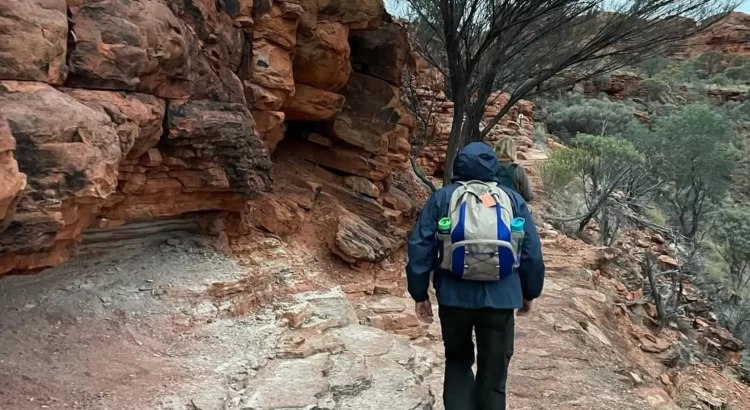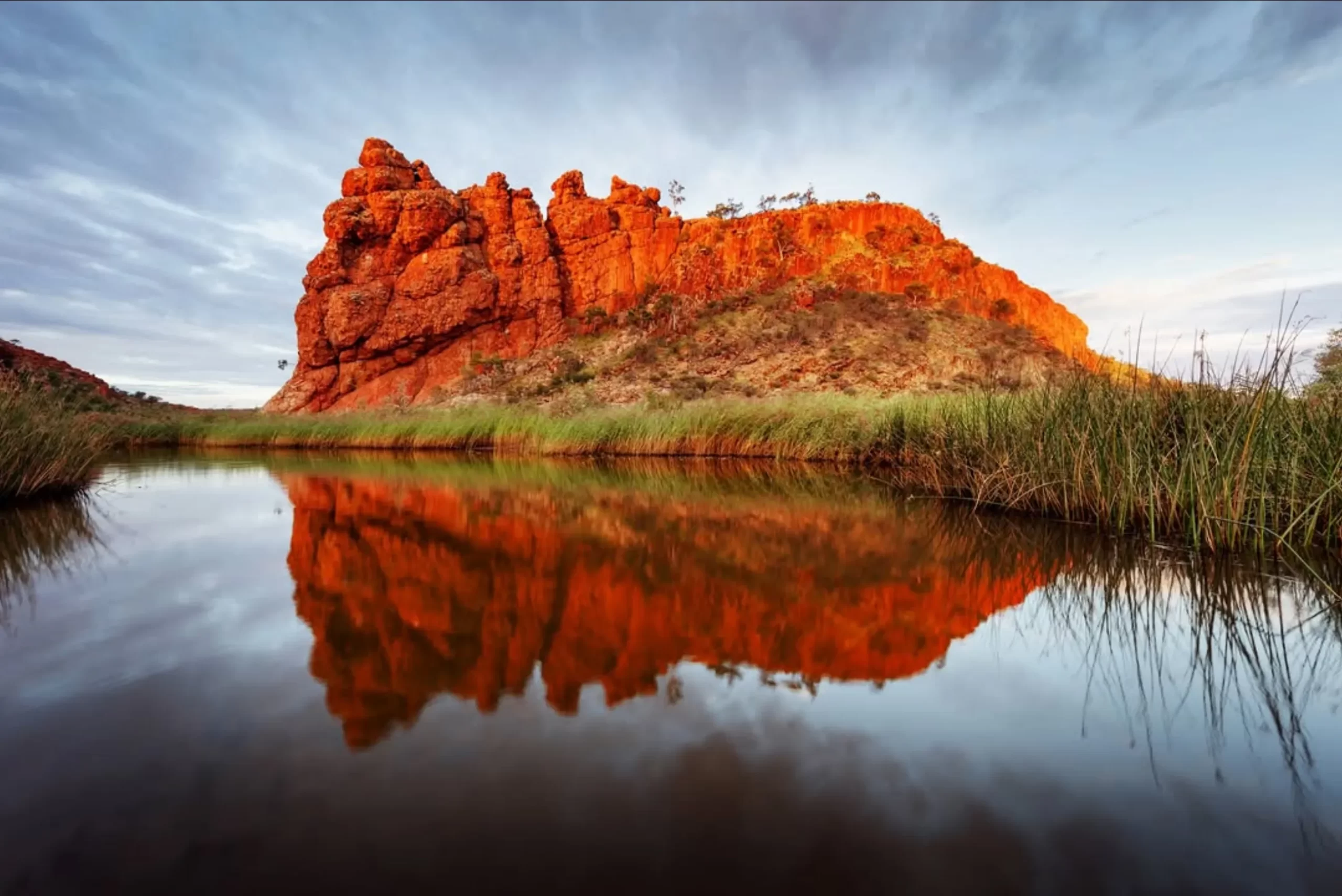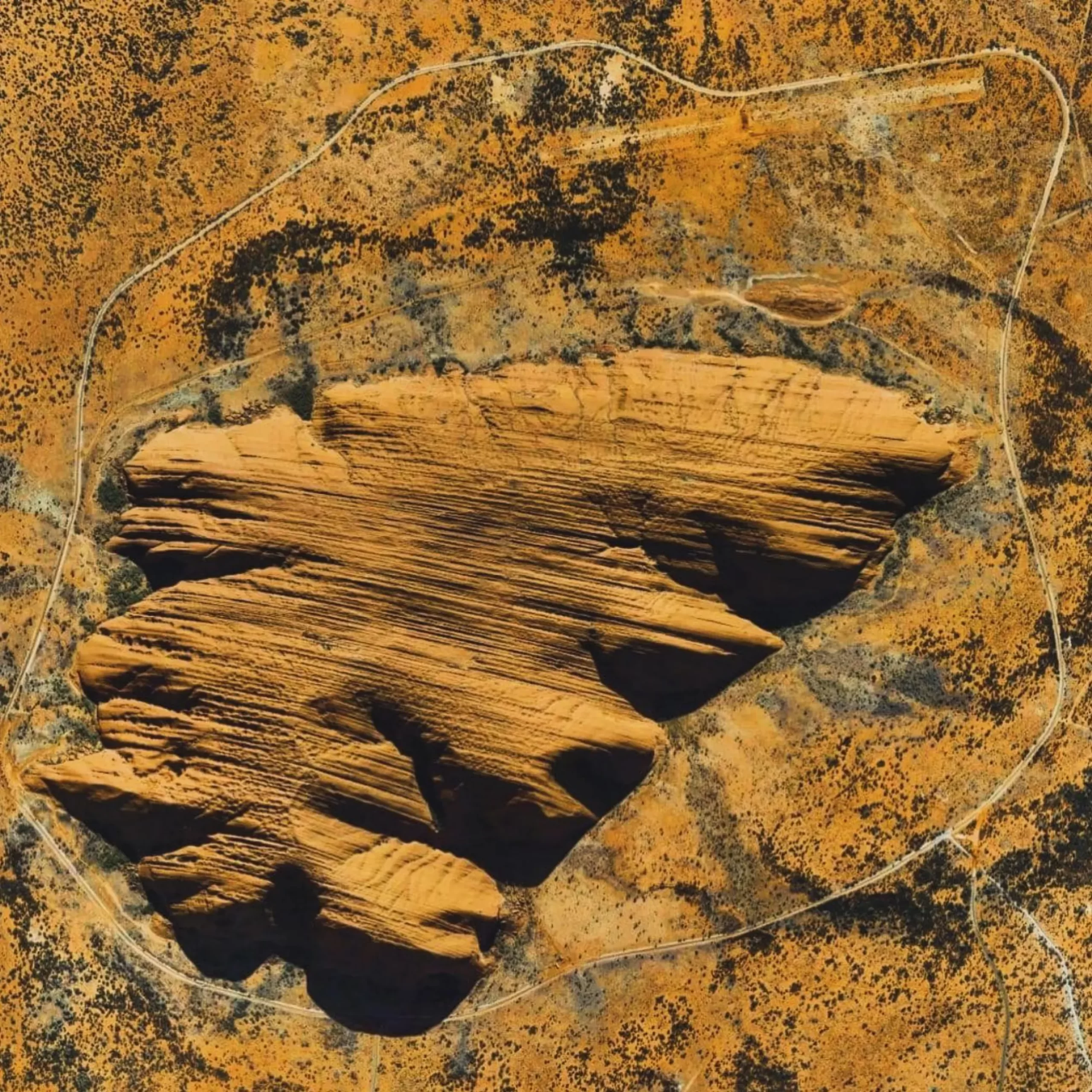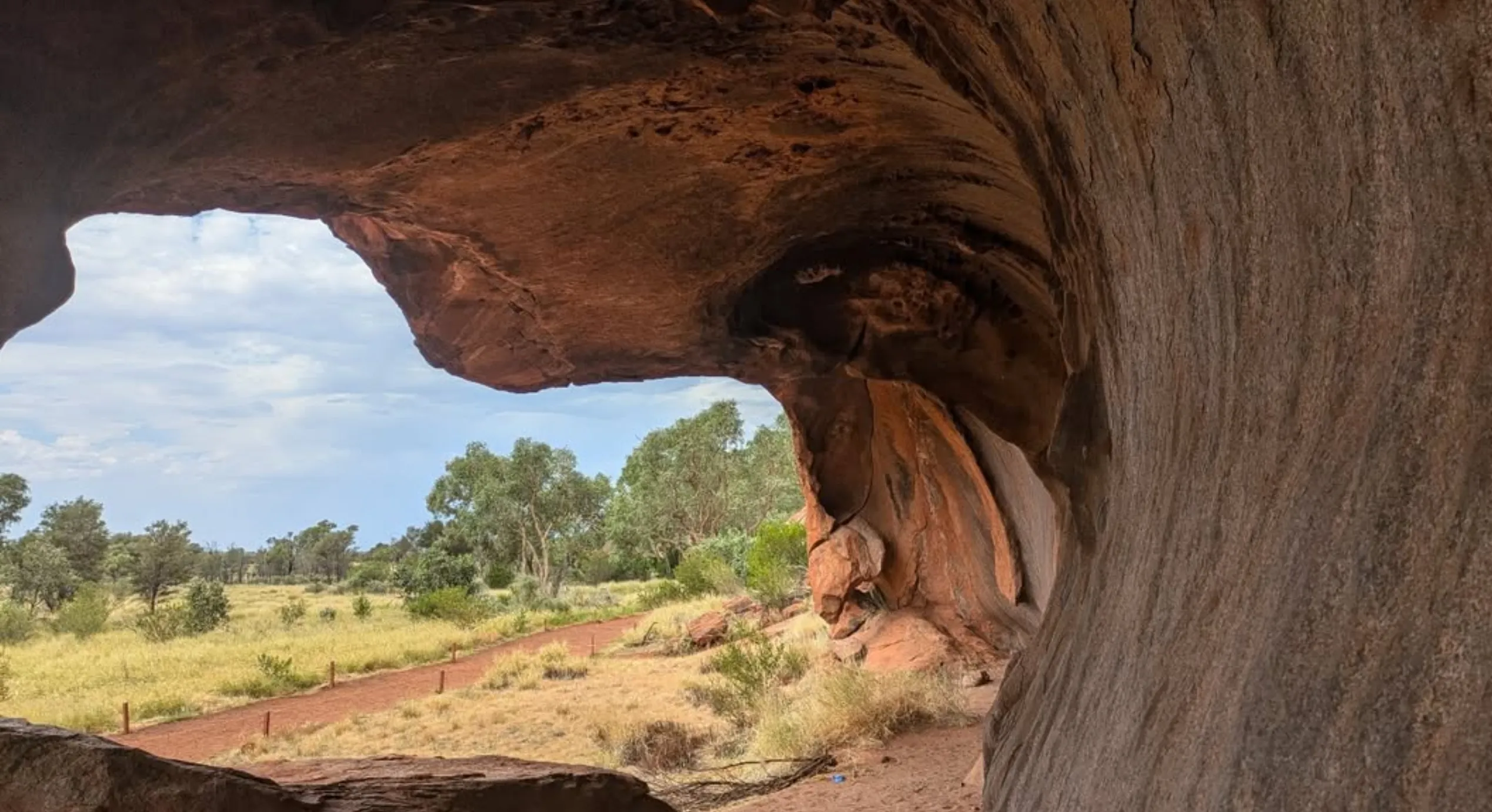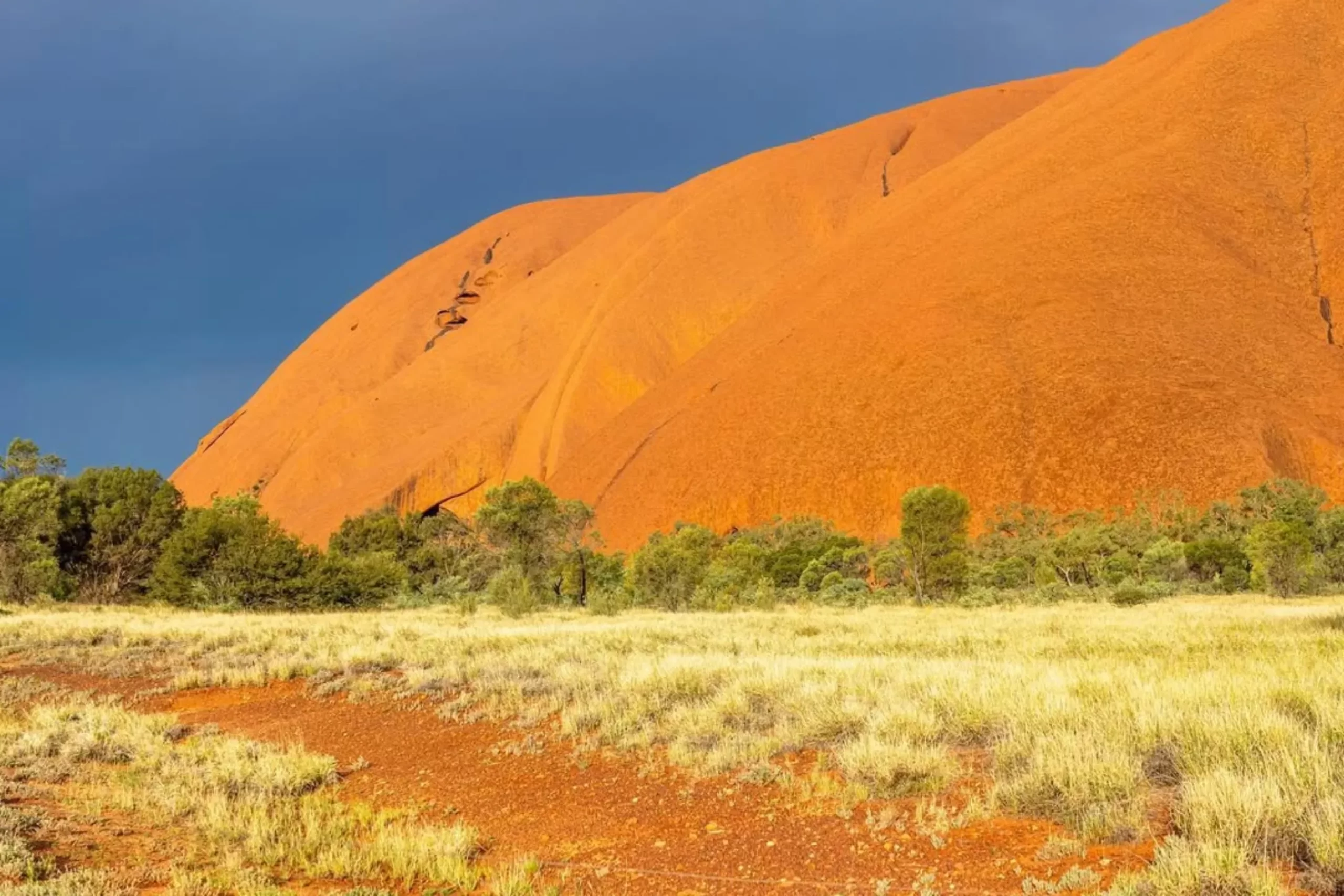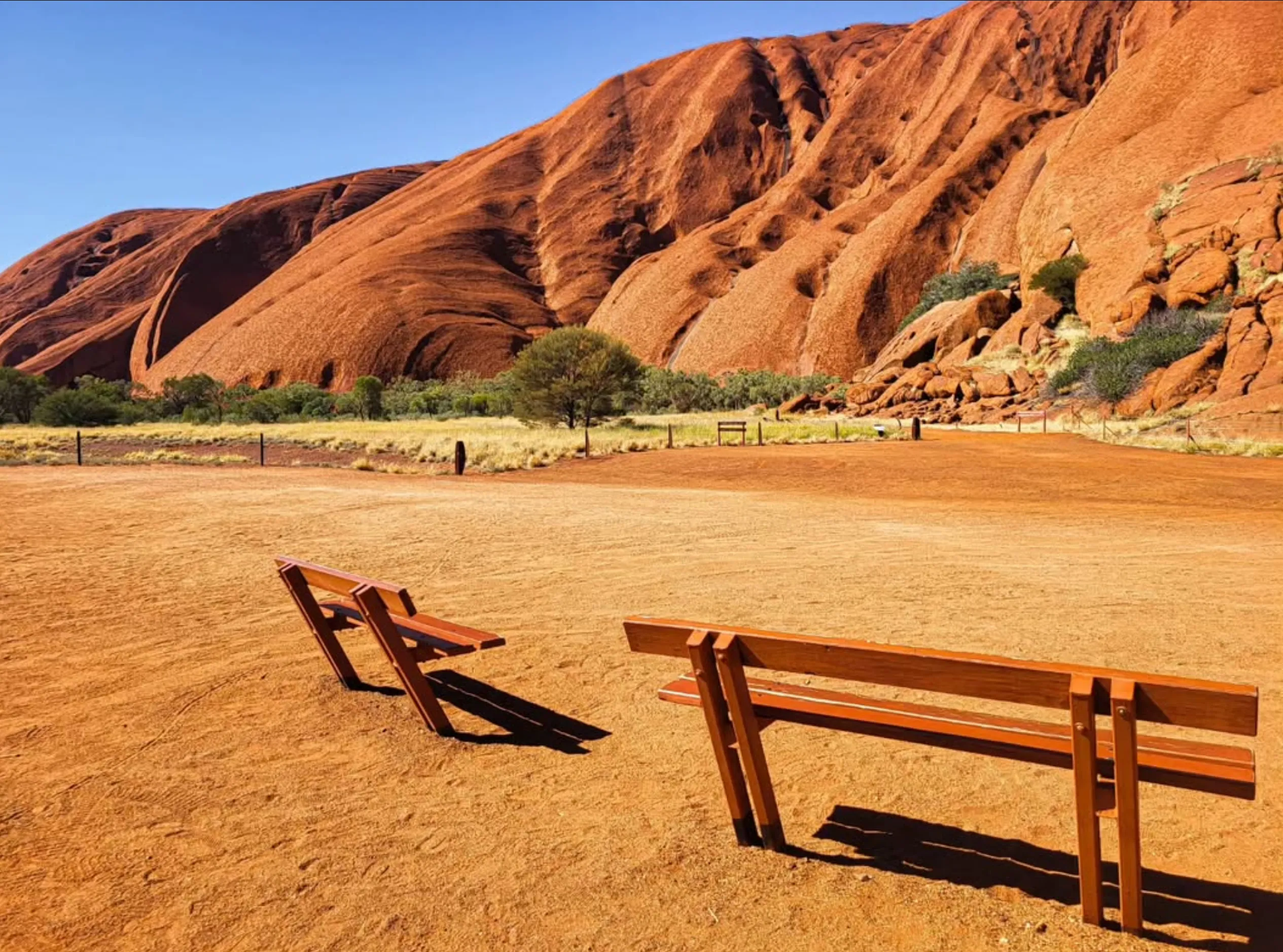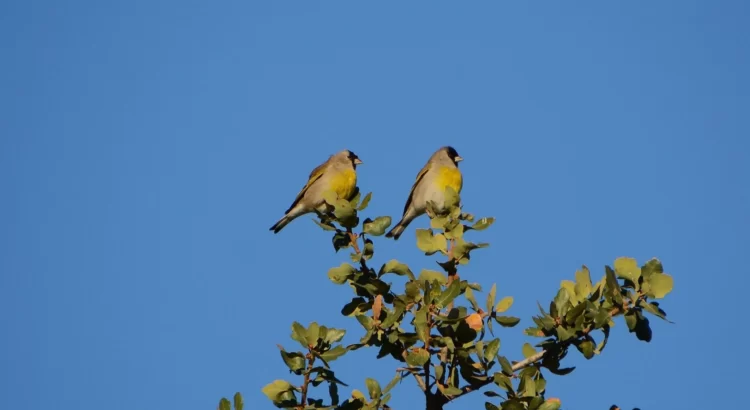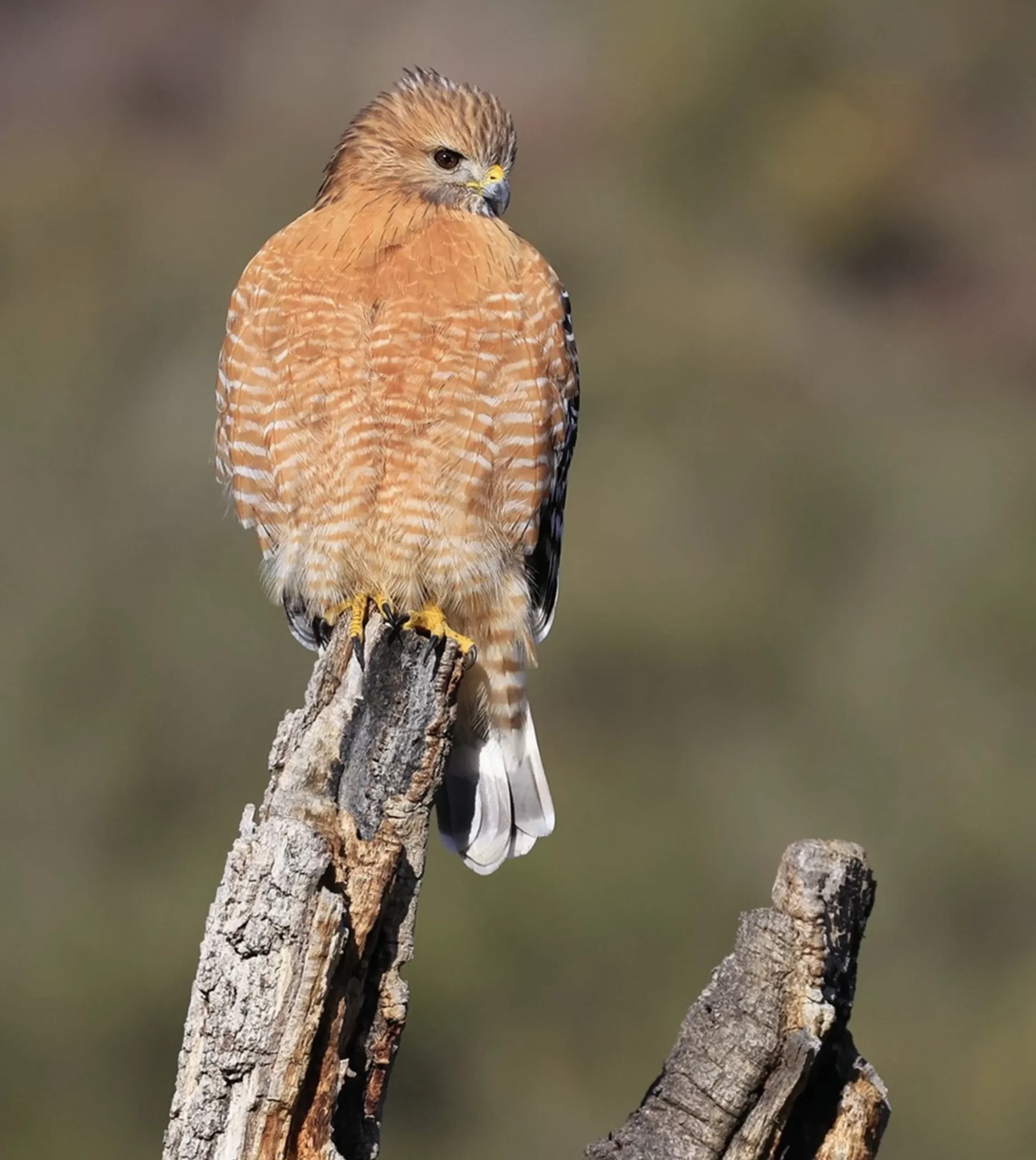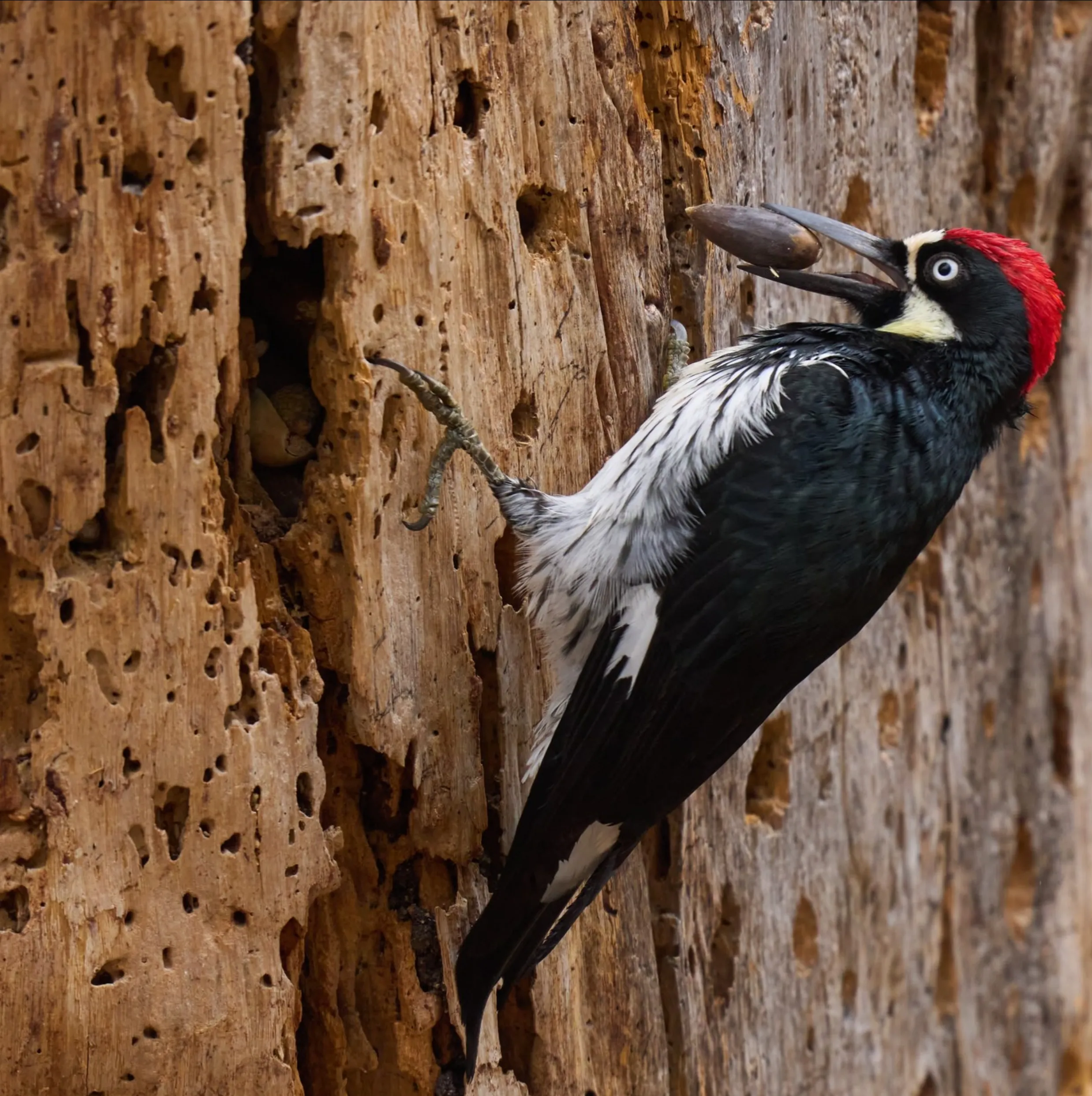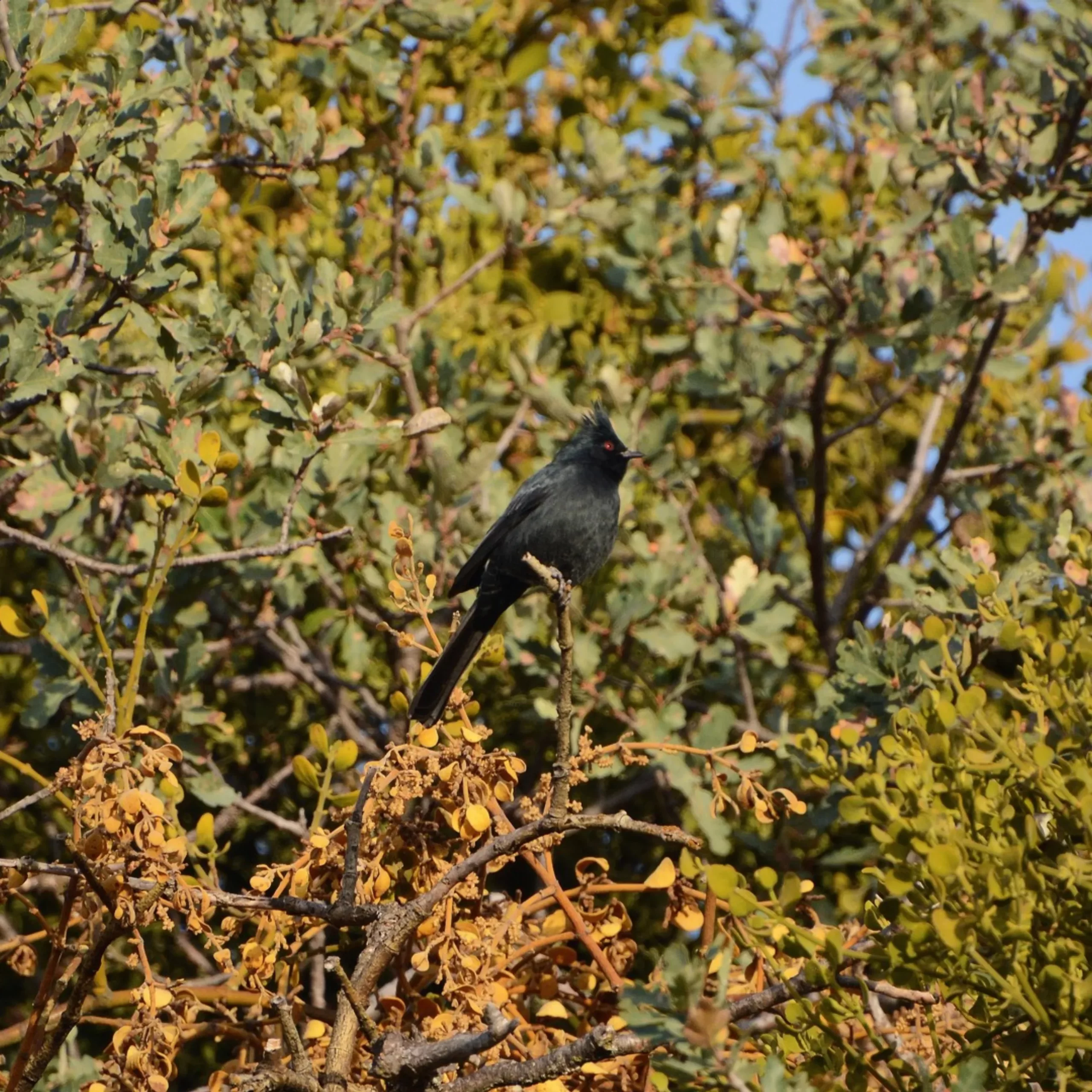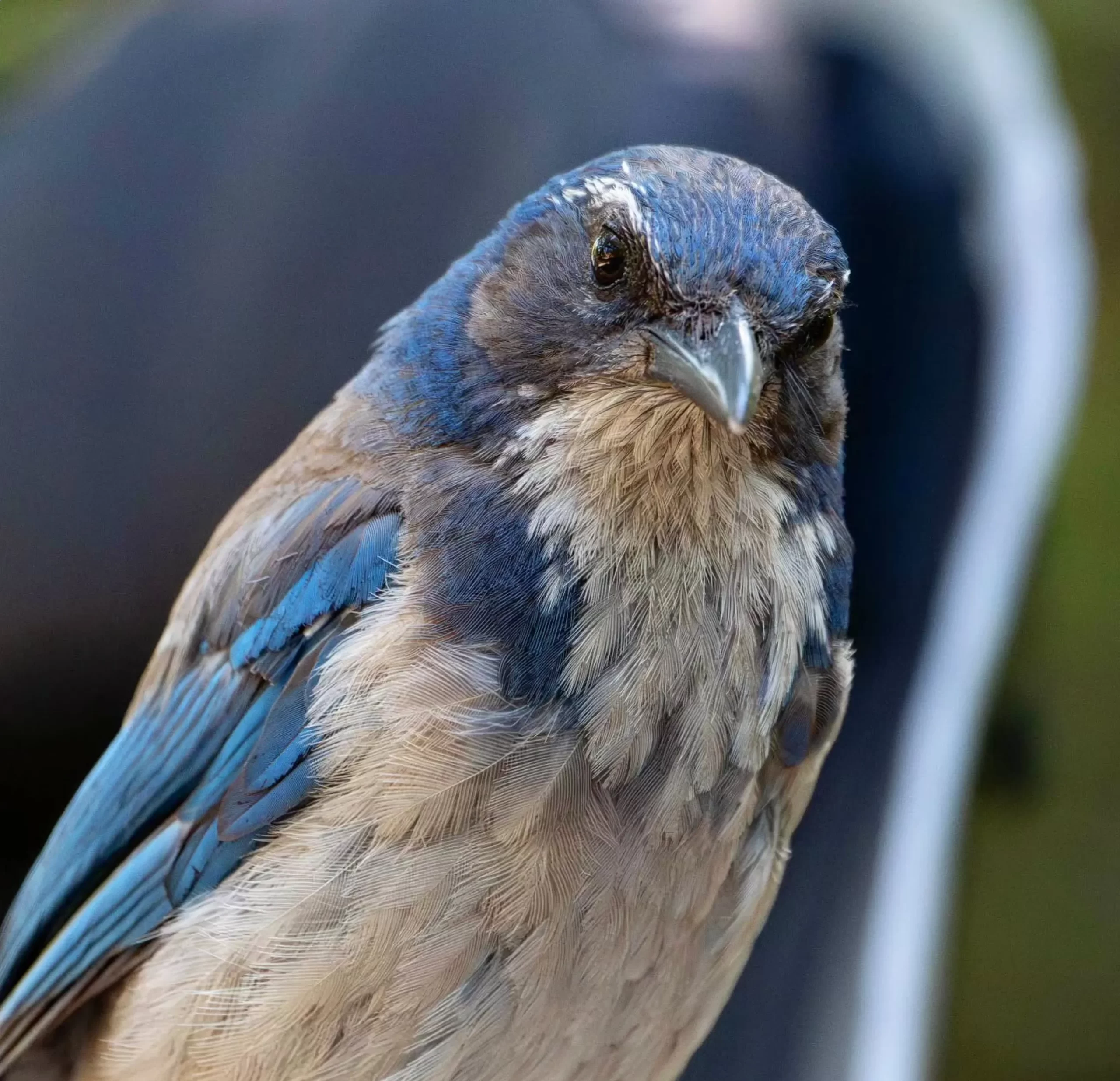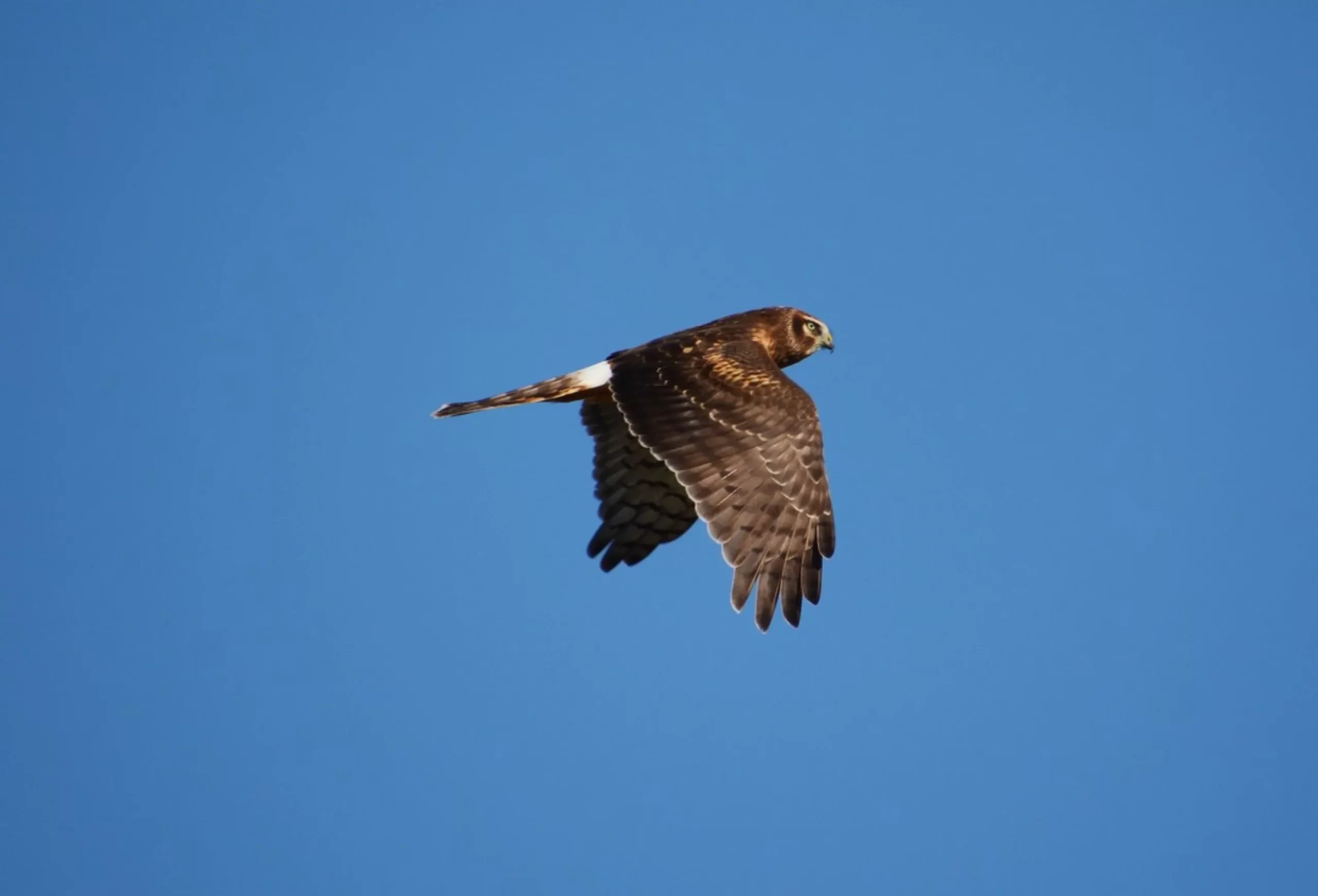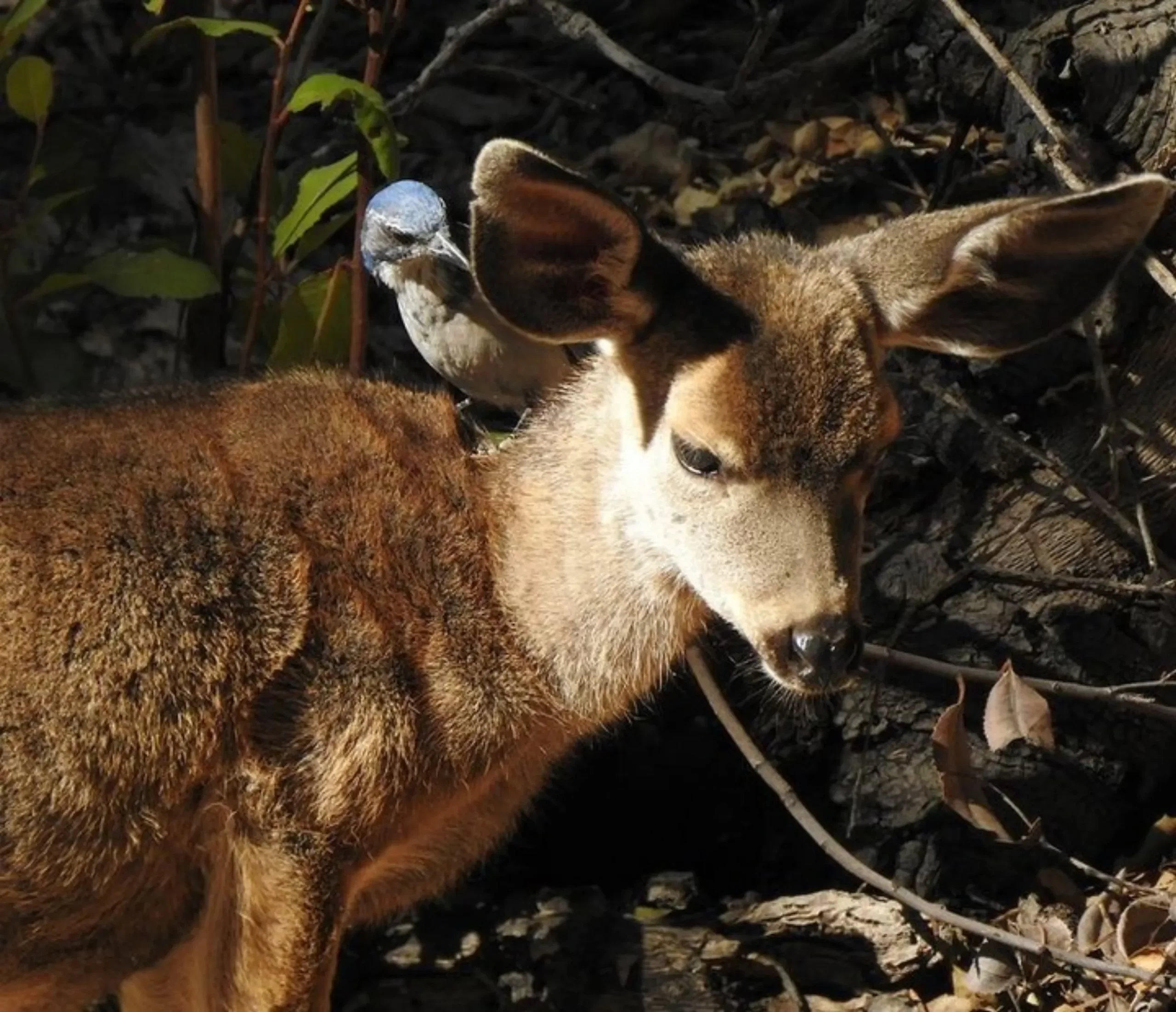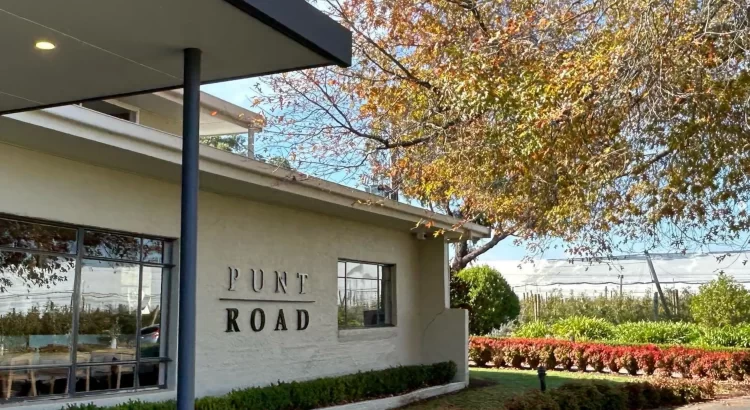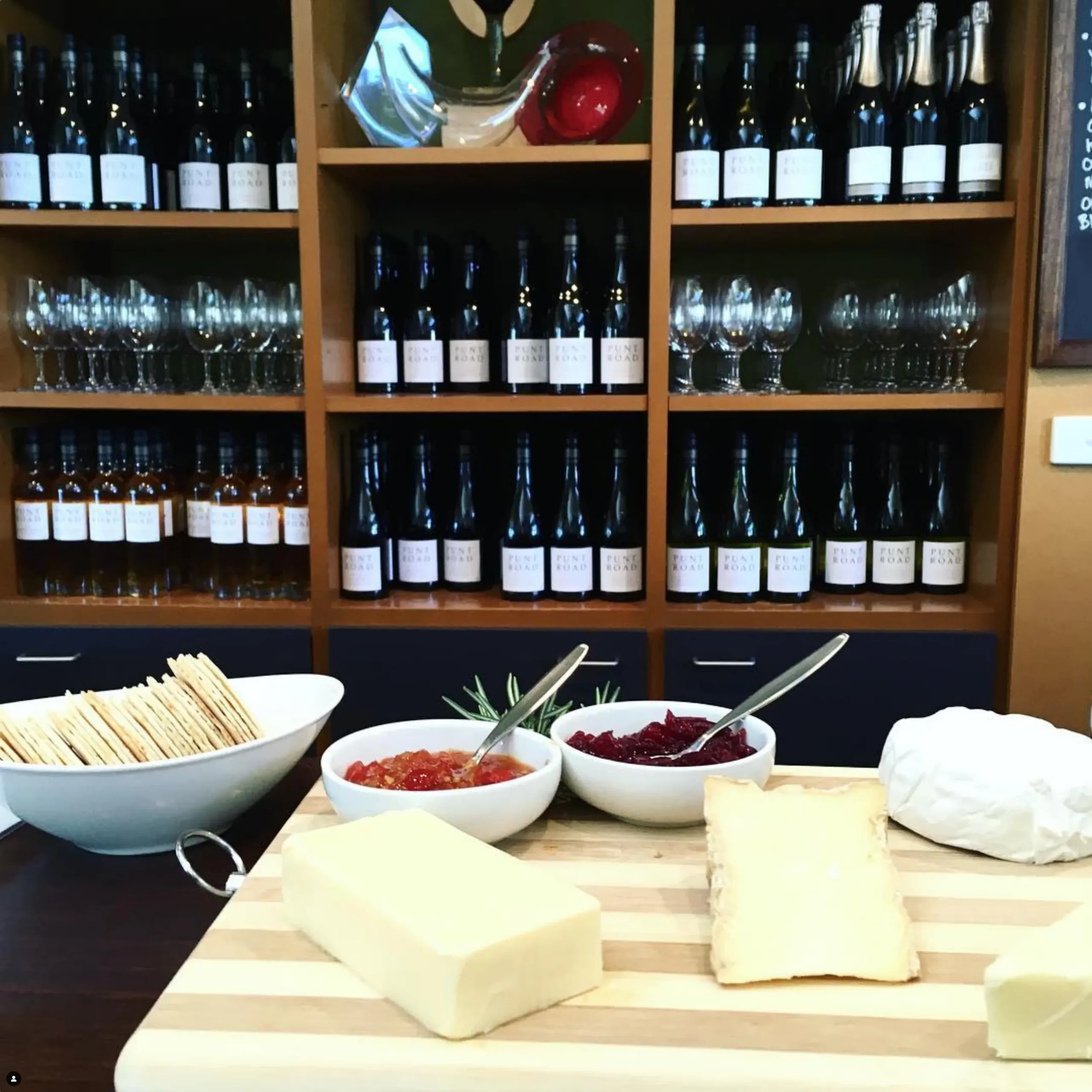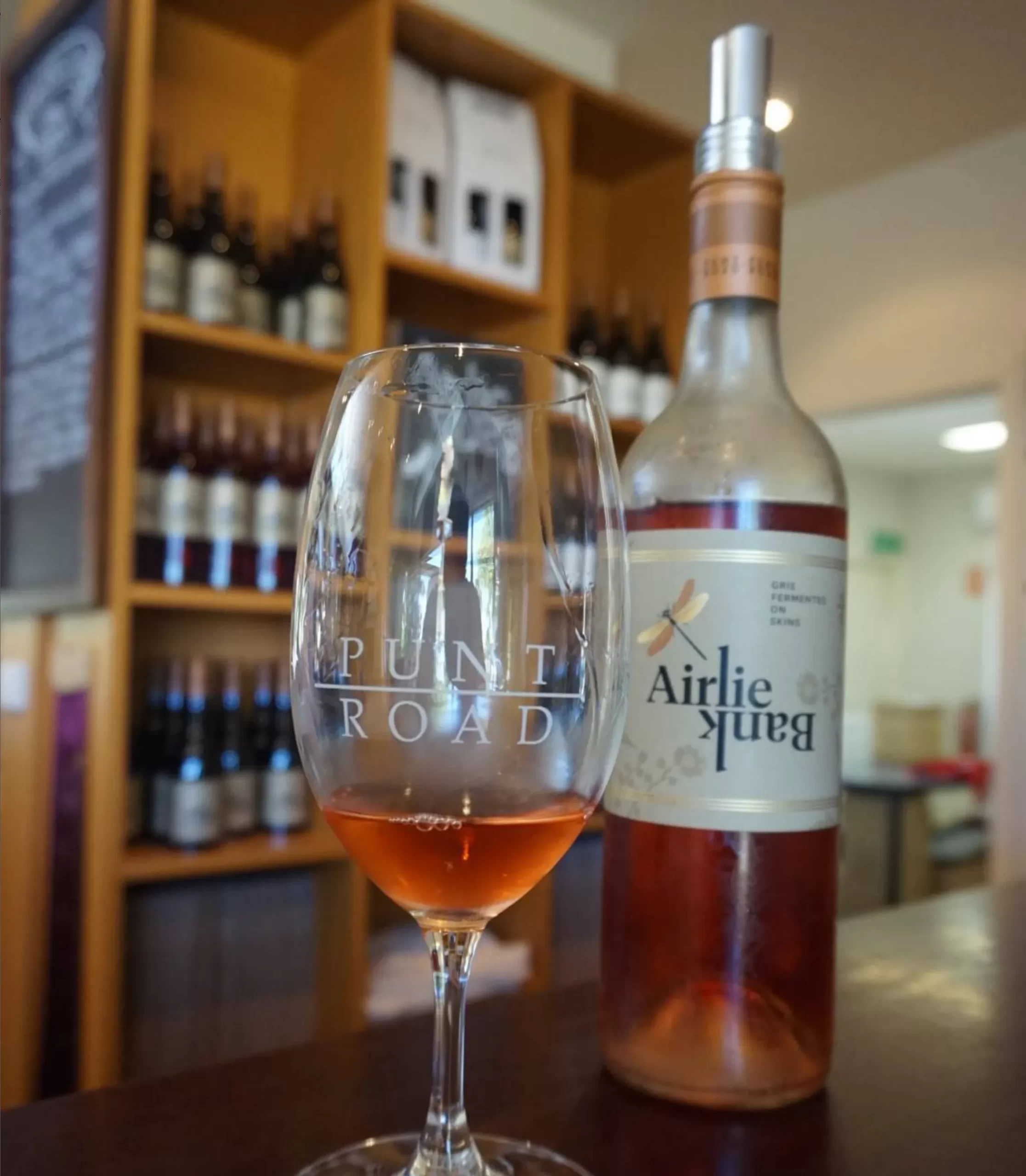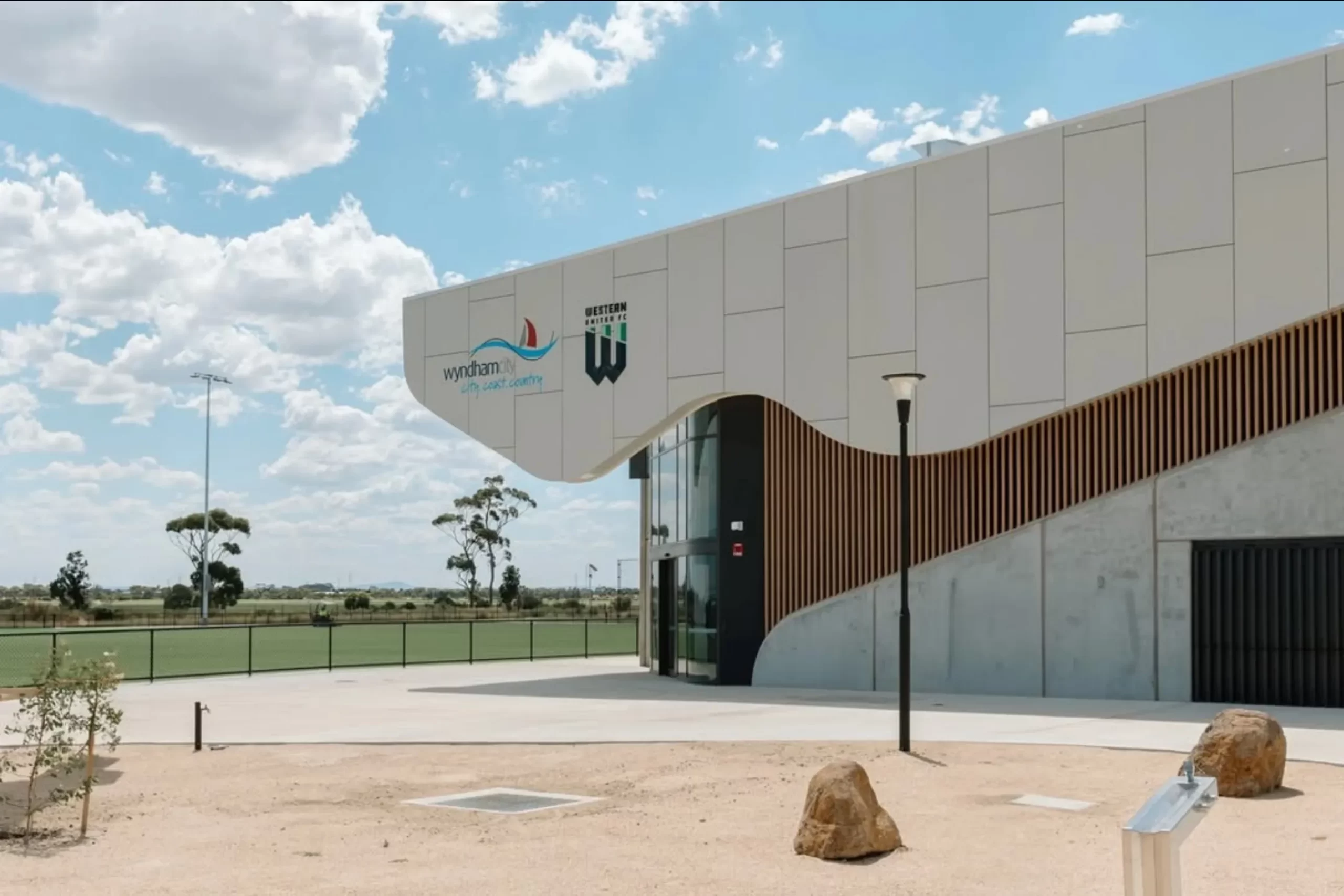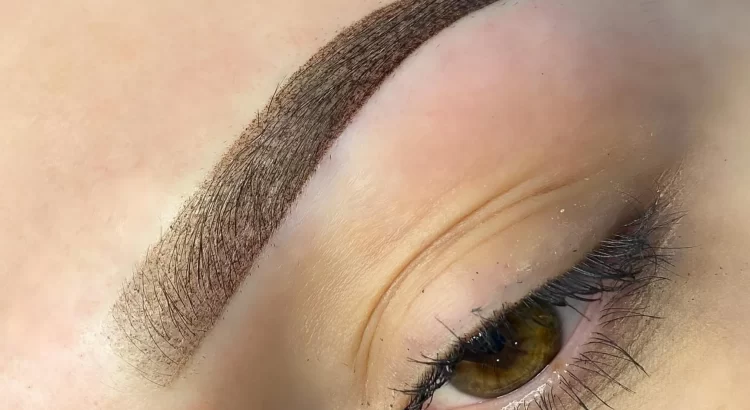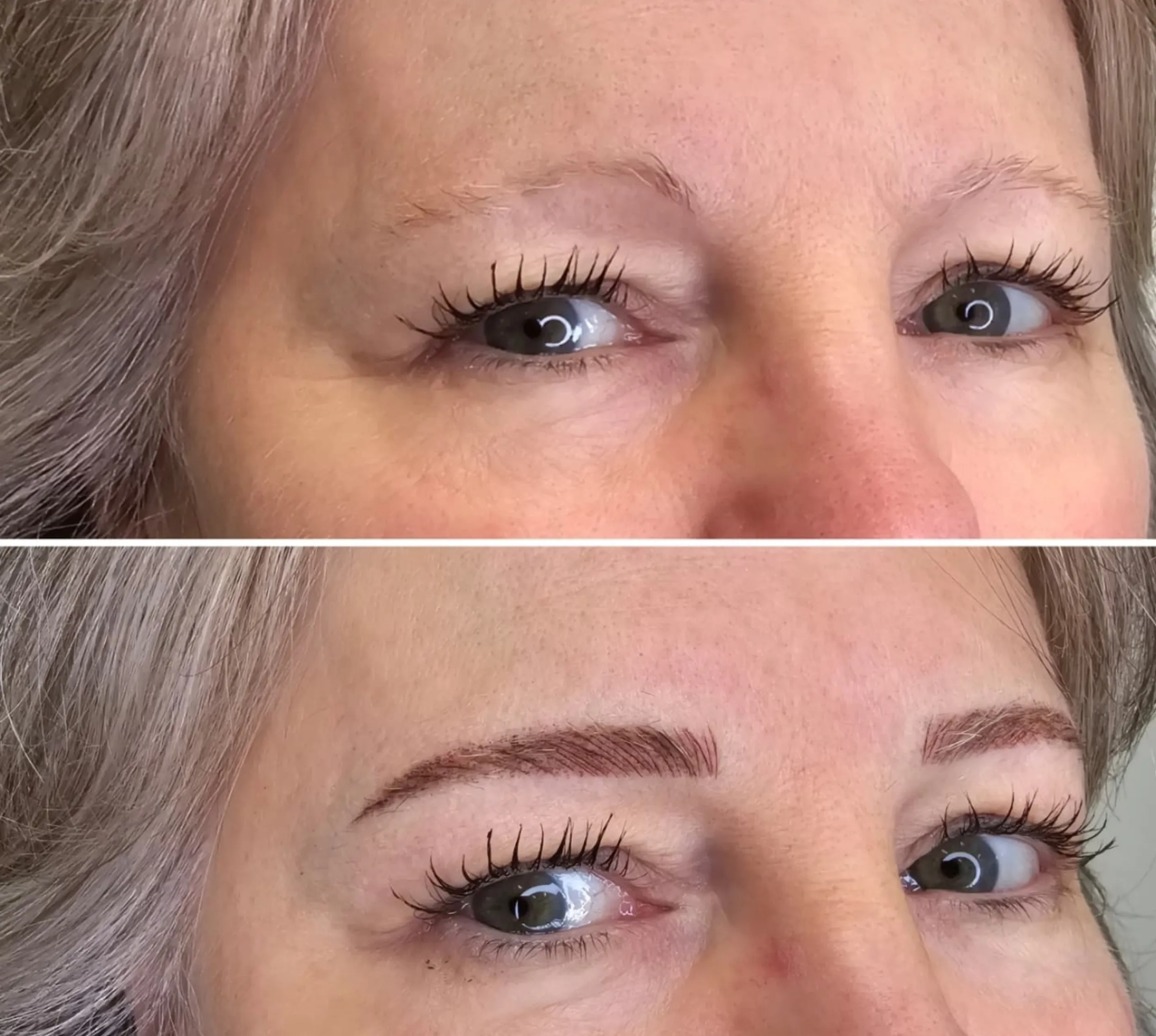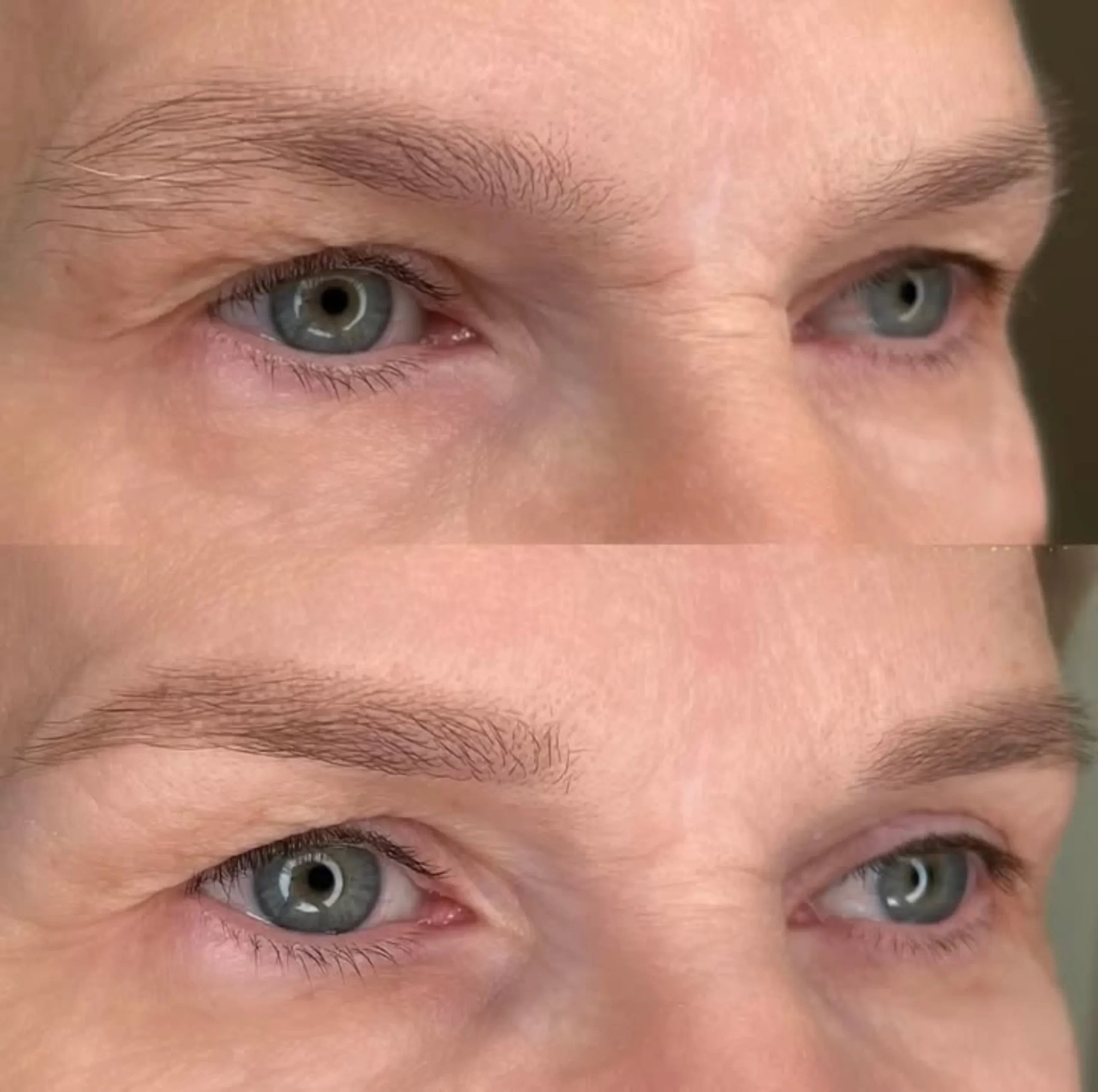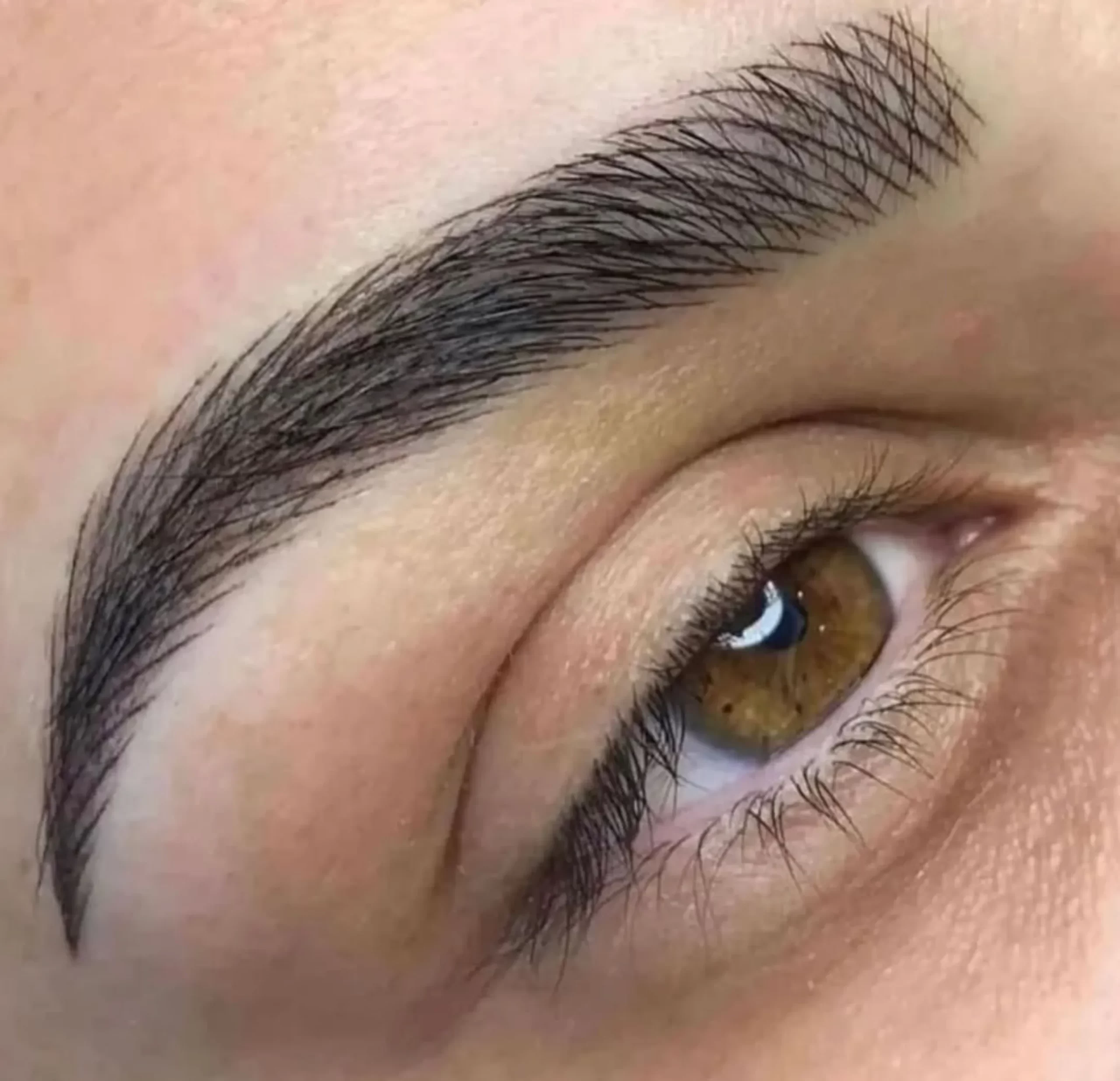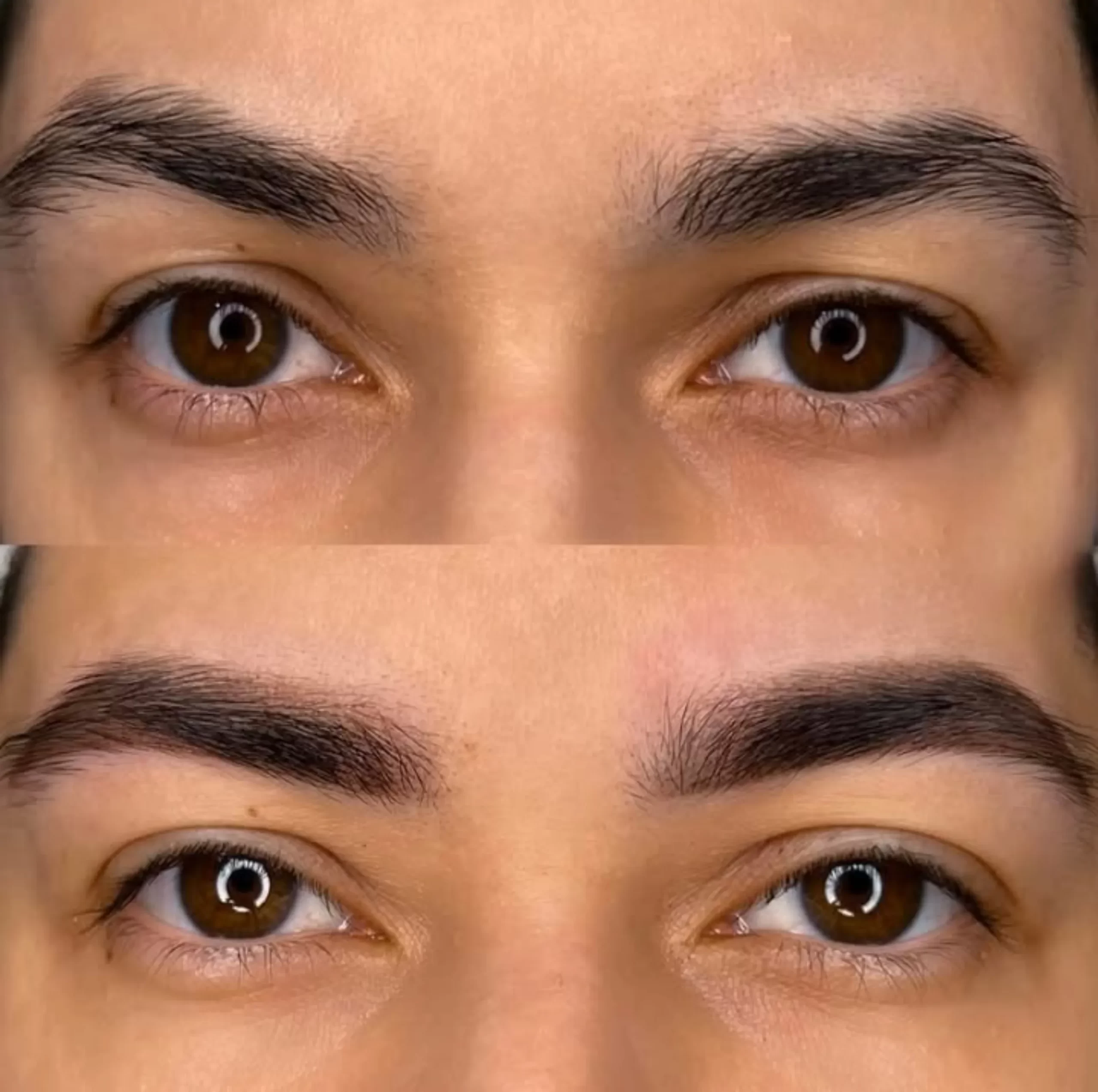Solar panels are a great way to save on electricity and go green. However, their efficiency can be compromised if not maintained well. One of the most important aspect of solar panel maintenance is cleaning. Over time, dirt, dust, bird droppings, pollen and other debris can accumulate on the surface and reduce their ability to absorb sunlight efficiently. But how often should solar panels be cleaned? This article will give you the importance of cleaning and the factors that affect it.
Why Clean Solar Panels?
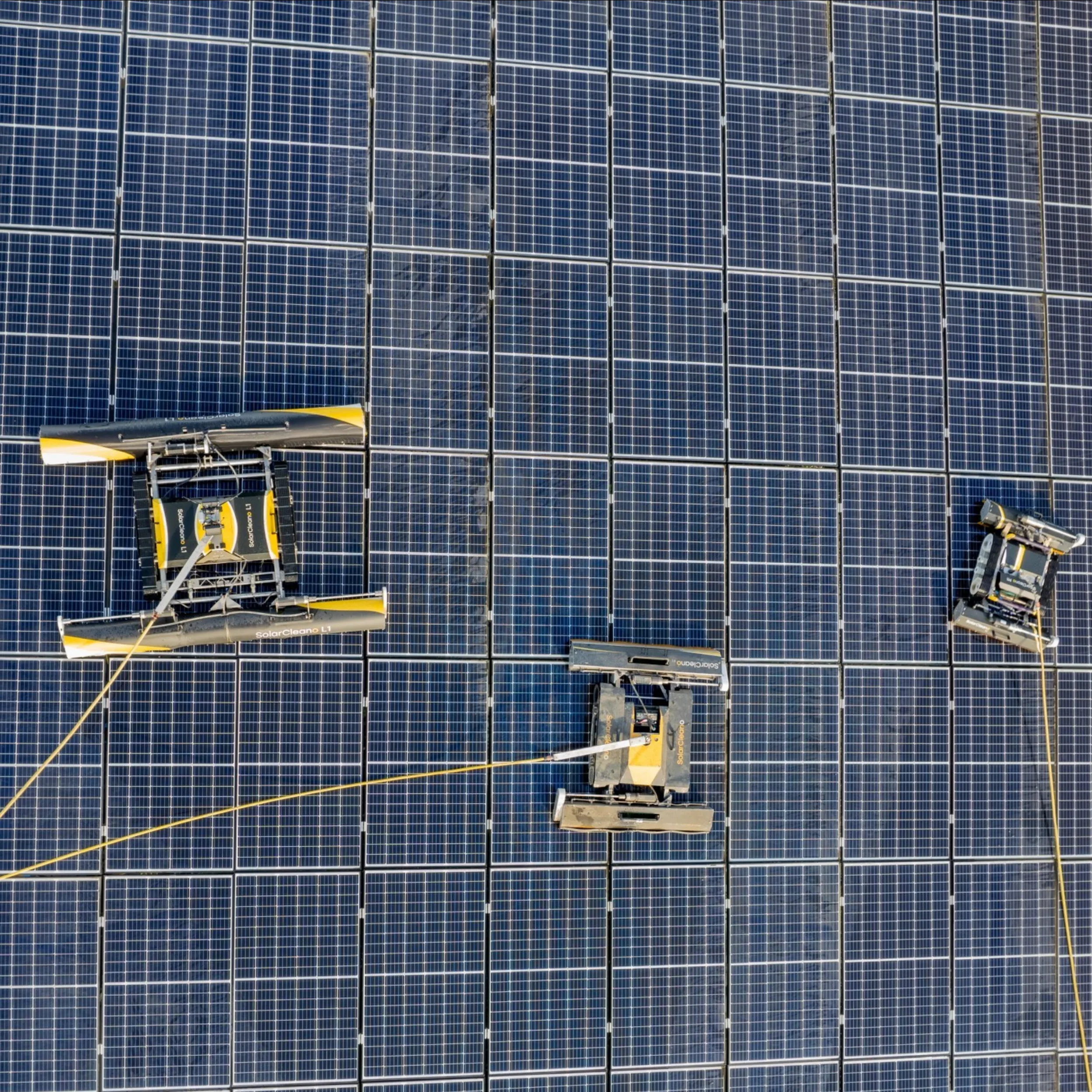
Cleaning solar panels is important because accumulated debris can cause significant drop in energy production. A layer of dust and grime can block sunlight and reduce the overall efficiency of the system. Here are the benefits of regular solar panel cleaning:
- Maximize Efficiency – Clean panels absorb more sunlight and produce more energy and better performance.
- Prolongs Life – Regular cleaning prevents damage from dirt buildup, airborne particles and environmental pollutants.
- Save on Maintenance Costs – Preventive cleaning avoids costly repairs and efficiency losses, hence regular maintenance is an economical decision.
- Get the Best ROI – Optimal energy production means best financial sense from your solar power system.
- Minimize Environmental Impact – Clean solar panels means clean energy production and less dependence on fossil fuels.
- Aesthetics – Many homeowners and businesses opt for facade cleaning services to maintain the look of their properties which includes solar panels.
How Often to Clean Solar Panels
The recommended frequency for cleaning solar panels depends on several factors including location, climate and environment. Here are some general guidelines:
1. Standard Recommendation: Twice a Year
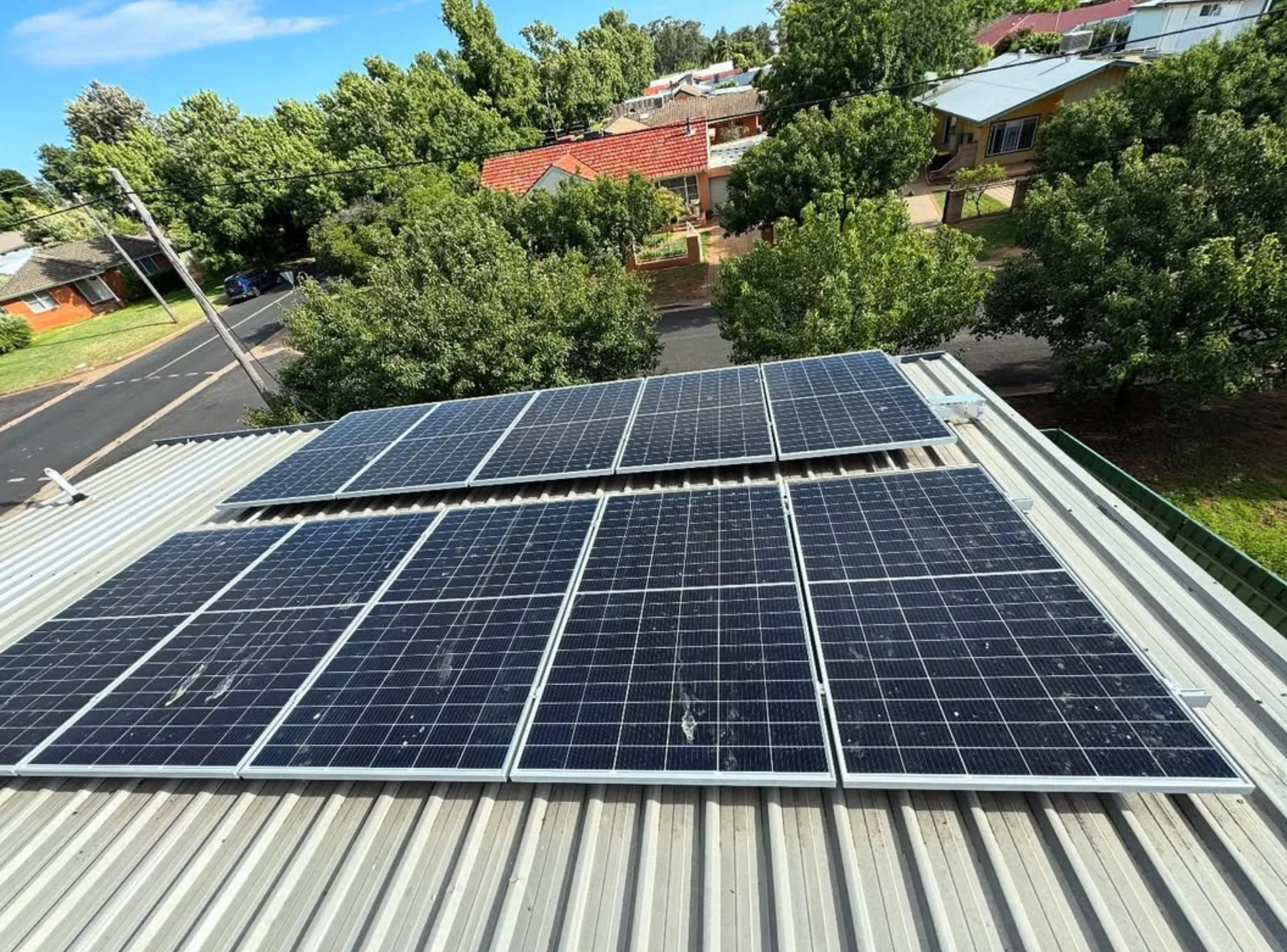
For most residential solar panel systems, twice a year is enough. A biannual cleaning (once in spring and once in autumn) will keep them efficient and prevent excessive buildup of dirt, dust and bird droppings.
2. High-Dust Areas: Every 3 to 4 Months
If you live in an area with high dust levels (near construction sites, farmland or desert like environment) you may need to clean your panels every 3 to 4 months. Dust storms, dry conditions and wind blown sand can quickly reduce panel efficiency.
3. Urban and Industrial Areas: Quarterly Cleaning
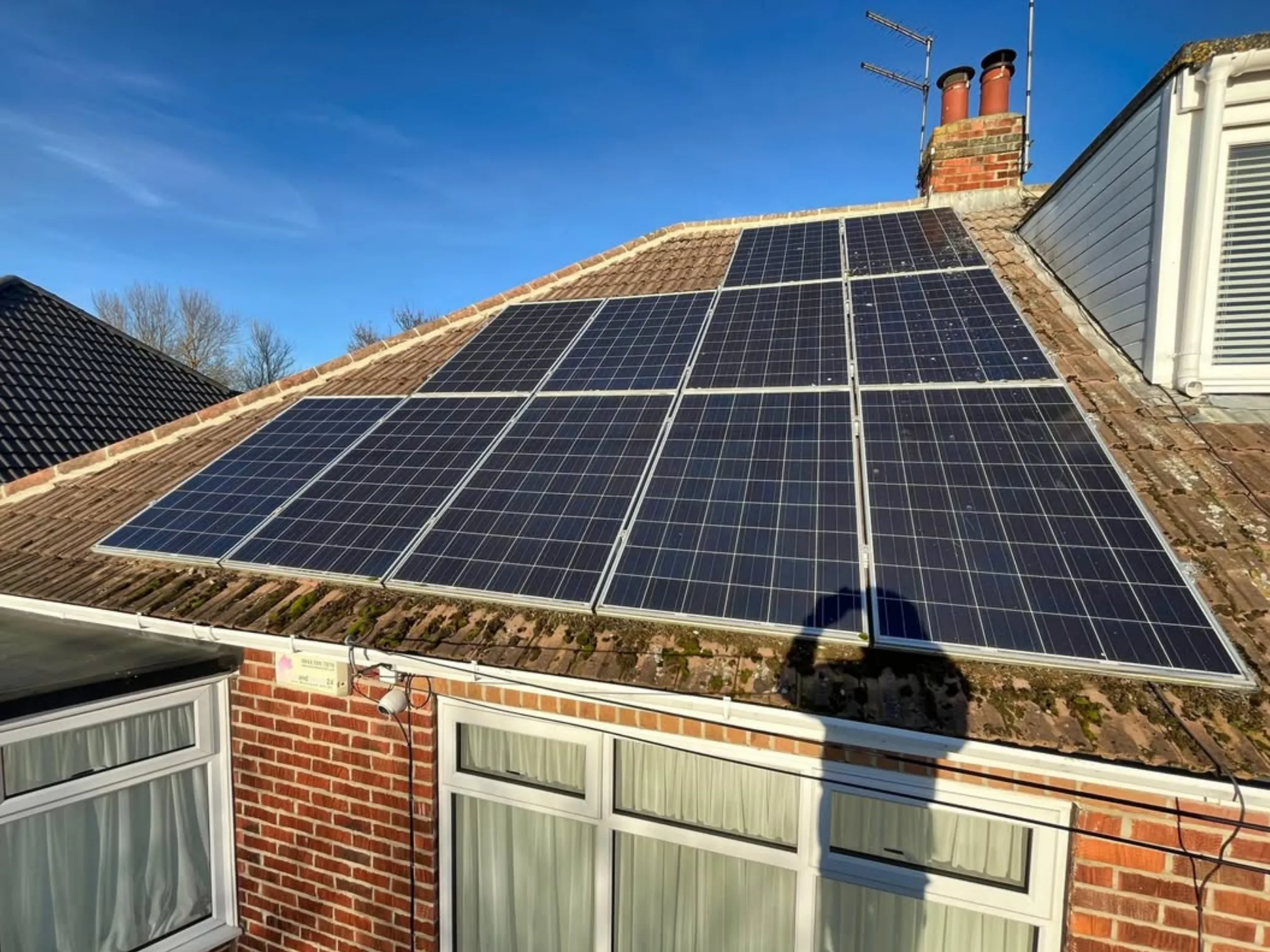
In cities or industrial zones, air pollution, vehicle emissions and factory residues can coat solar panels with grime, requiring frequent cleaning every 3 months to maintain optimal performance. Many businesses opt for solar panel cleaning services alongside outdoor pressure cleaning to keep their panels clean and fully functional.
4. Heavy Rainfall Areas
Frequent rainfall can wash off light dust and debris but not always remove stubborn dirt, bird droppings or pollen. Even in rainy regions, an annual inspection and occasional additional cleaning may still be necessary.
5. Coastal Areas: Every 3 to 6 Months
If you live near the ocean, salt accumulation from the sea breeze can corrode solar panels over time. Cleaning every 3 to 6 months prevents salt buildup and protects your panels from long term damage.
6. After Extreme Weather Events
After heavy storms, wildfires or dust storms, an immediate inspection and cleaning is recommended. Ash, debris and residues from extreme weather can significantly impact solar panel efficiency.
Best Methods for Cleaning Solar Panels
To clean safely and effectively follow these best practices:
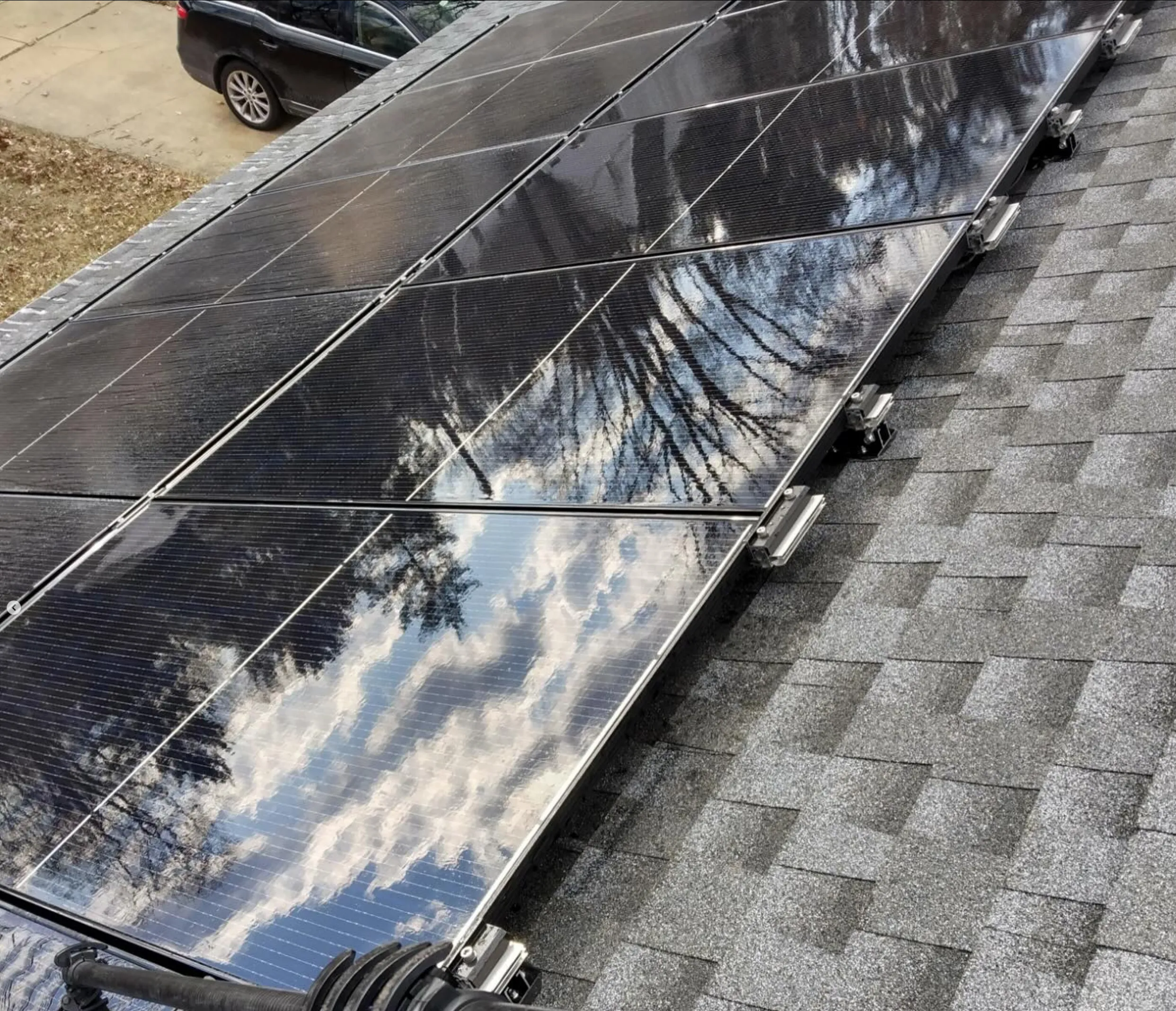
- Use Soft Brushes, Soft Cloth or Sponges – Abrasive materials can scratch the surface.
- Use Mild Soapy Water or Mild Detergent – Avoid harsh chemicals that can damage the panels.
- Rinse with Deionized or Distilled Water – This prevents mineral deposits from hard water and chemical cleaners.
- Clean in the Morning or Late Afternoon – Don’t clean during direct sunlight to prevent thermal shock and rapid evaporation.
- Consider Hiring Professional Cleaning Services – If you have a large or rooftop solar array, professional cleaners will do the job safely and thoroughly.
- Use a Pressure Washer with a Spray Nozzle – This will help remove dirt and stubborn grime efficiently. Many pressure washing services offer solar panel cleaning to avoid damage and get it clean.
- Follow Safety Precautions – Wear safety gear like a harness, gloves and safety gear when cleaning panels on rooftops.
Signs Your Solar Panels Need Cleaning
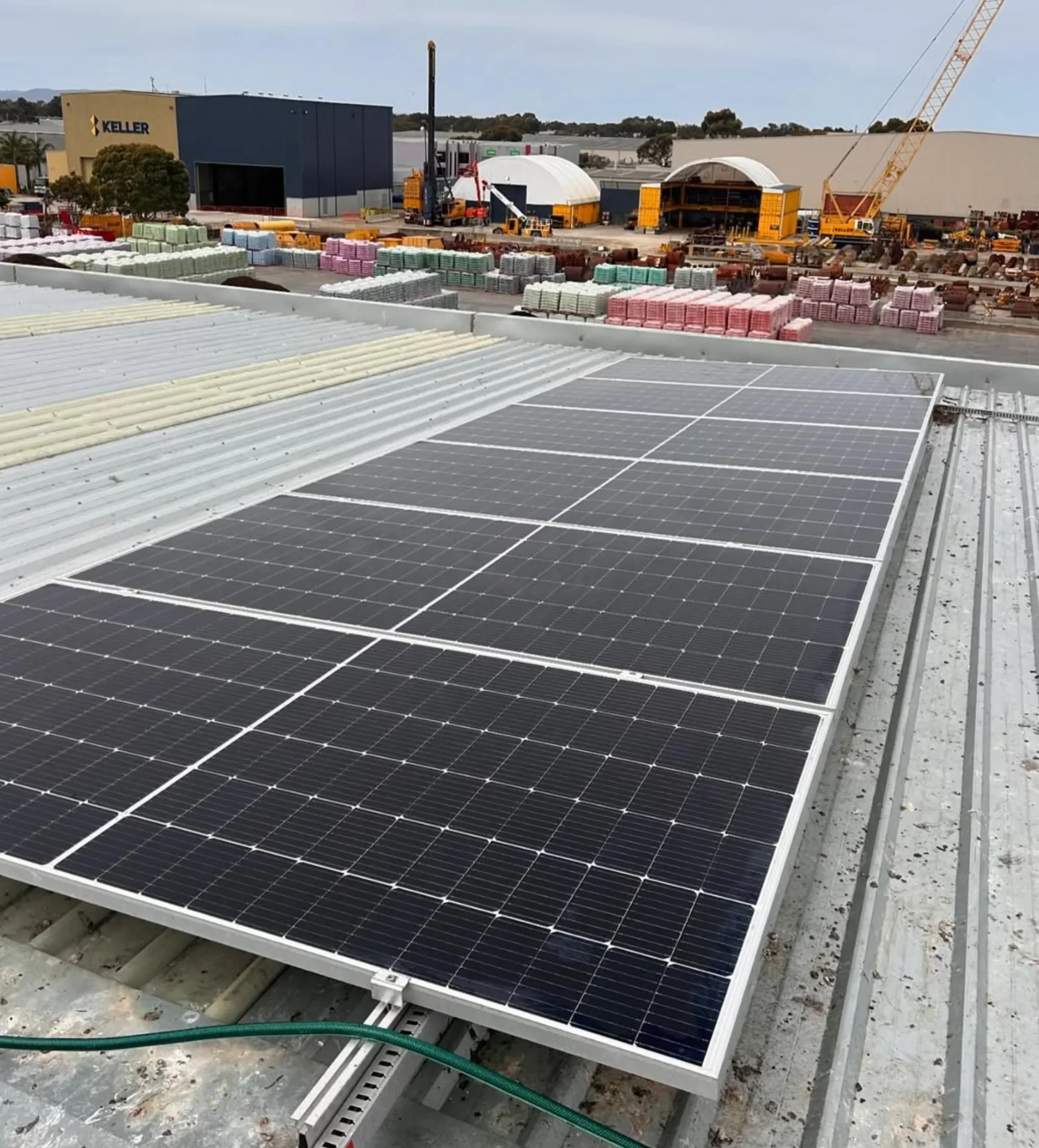
- Visible Dust and Dirt – If you can see dirt, clean.
- Drop in Energy Output or Solar Production – A sudden or gradual decrease in performance means clean.
- Bird Droppings, Tree Sap, or Pollen – Clean ASAP – can block light completely.
- Rain Left Behind Streaks or Days of Dust Accumulation – If rain leaves behind dirt smudges, manual clean.
- Water Spots and Excess Water Residue – Reduces sunlight absorption and overall efficiency over time.
- Debris from Nearby Trees – Leaves, twigs and organic matter can block sunlight and reduce solar energy production.
Conclusion
Solar panel cleaning is essential to maintain efficiency over time, prolong lifespan and maximize ROI. While the general rule of thumb is to clean twice a year, dust particles, pollution, weather and location may require more frequent cleaning. By keeping your panels clean and free from debris you can ensure optimal solar panel performance and a well maintained solar energy system. Invest in professional inspections and proper care to keep your solar systems in top shape.
FAQs
Can I clean my solar panels myself?
Yes, you can clean yourself with soft cloth, soapy water and gentle rinse. But if your panels are hard to access, hiring solar panel cleaning services is the safest option.
Will natural rainfall clean my solar panels?
Rainfall can remove some dust and debris but not thorough cleaning especially if there’s pollen, bird droppings or stubborn grime.
What if I never clean my solar panels?
Over time dirt and debris can significantly reduce your solar panels’ efficiency resulting to lower energy production and potential long term damage.
Does cleaning solar panels void the warranty?
No as long as you follow the manufacturer’s recommended cleaning guidelines. Avoid abrasive cleaners, high pressure water jets and harsh chemicals to prevent damage during cleaning.
How do I know my solar panels need cleaning?
Check your output and look at your panels. If you see a drop in energy output, dirt buildup or dust on the surface, clean. Regular maintenance and yearly inspections will also help keep your solar panel system in top shape.
